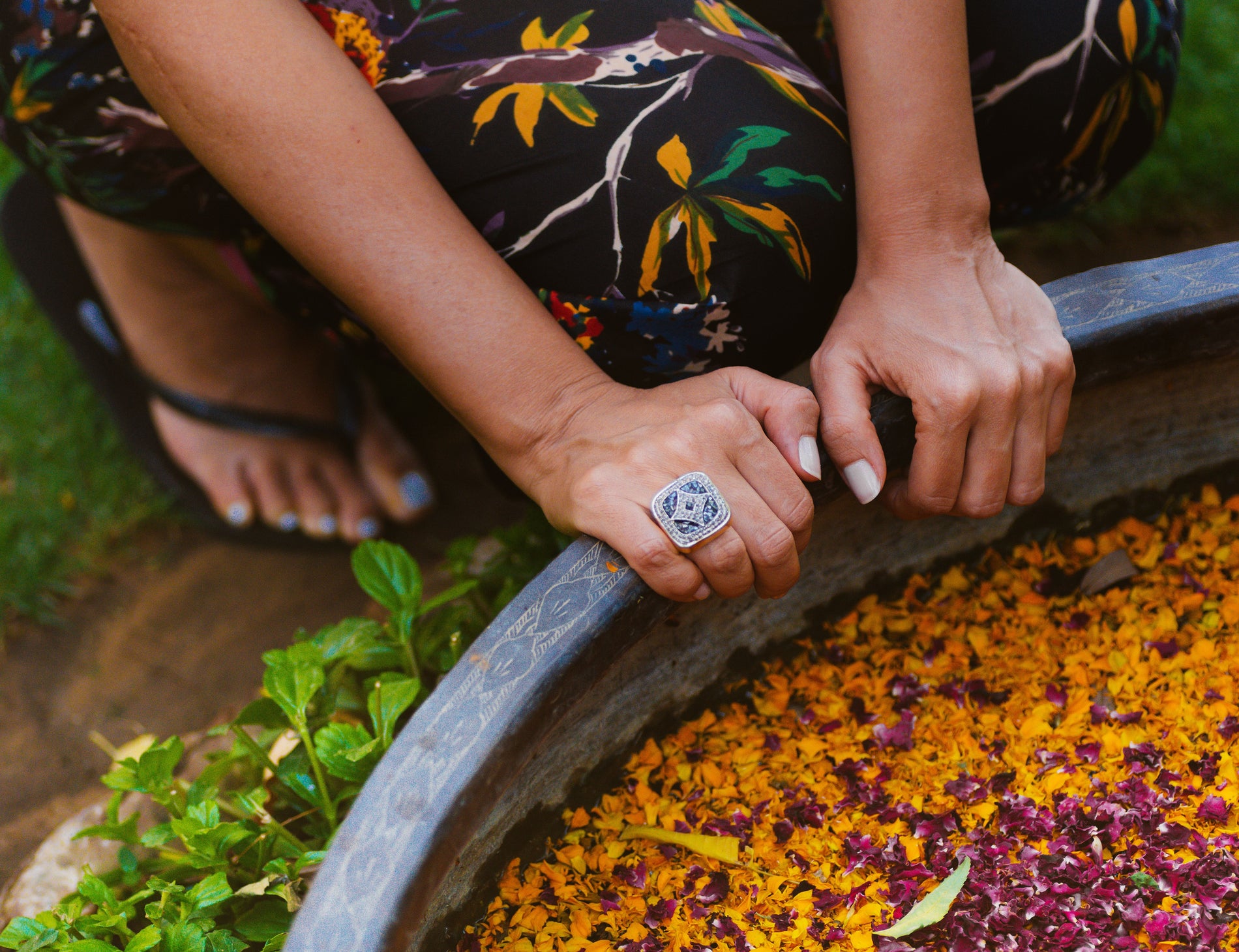The midday sun beats down on you, its warmth intensifying the scents of the fragrant jasmine flowers and zesty street food nearby. Your eyes dart around excitedly, taking in the vivid architecture and assortment of vibrant rugs on market stands. There’s no doubt about it, you’re in Jaipur, India.
The Royal Gems of Jaipur
Affectionately known as “Pink City,” Jaipur’s moniker pays homage to the numerous rose-hued buildings within its walls. Jaipur is the capital of India’s Rajasthan state, a longstanding royal residence, and a brilliant architectural experience. A true crown jewel among India’s cities, Jaipur is also fittingly known for its renowned influence on the global jewelry industry.
Curiously, Jaipur’s jewelry enterprise is as old as the city itself. Maharaja Sawai Jai Singh II founded Jaipur in 1727 and ruled the state for nearly 50 years. Maharaja’s vision for Jaipur was clear from the start: he wanted its primary business to be something other than agriculture, as the land was not conducive to a thriving farming industry. It was the perfect opportunity for an eager entrepreneur.
Maharaja Sawai also had a taste for the finer things in life, which explains Jaipur’s elaborate building designs and the enormous City Palace in the center of town. His visionary mindset and affinity for the luxurious paved the way for Jaipur’s prosperous trade and gem cutting markets. Artisans, jewelers, and creators from all across India came to Jaipur and contributed to the various artistic mediums for which the city is known.
Jaipur and Modern Day Artisan Culture
Historically, Jaipur gained its artisan influence through manufacturing colored stones, mainly emerald and tanzanite. Cutting and importing these gemstones is a tedious process, and Jaipur’s primary trade. This industrial service is highly sought after and extremely lucrative. When it comes to authentic jewelry creation, Jaipur certainly bridges the gap between the mines and the market. Remarkably, Jaipur sets itself apart from simply providing a factorial trade. The GIA (Gemological Institute of America) visited Jaipur in 2015 and observed, “Once known as a colored stone manufacturing center, Jaipur has rapidly climbed the value chain into jewelry manufacturing and retail by successfully incorporating experience and tradition with technology and innovation.”
Jaipur’s extensive historical influence on gemstone creation interweaves beautifully with the high standard of excellence within the jewelry world today. Jaipur’s artisan creations are eagerly sought after all across the globe. The unique ability to provide quality craftsmanship while sustaining ties to India’s vast cultural and creative heritage sets Jaipur apart from a majority of jewelry creators.
Why Jaipur Matters to Shana Gulati Jewelry
At Shana Gulati Jewelry, our founder/chief designer is passionate about representing true Indian artisan culture within every aspect of her work. Even better, the use of authentic and eco-friendly upcycled diamonds allow for consistent ethical creation through sustainable sourcing. With all this in mind, Shana looks to the exquisite country of India for both inspiration and influence. Her personal fondness for Jaipur is undeniable, as each piece of her jewelry is handmade in the Pink City. The intentional use of upcycled diamonds at Shana Gulati Jewelry serves as an additional tribute to the gem cutting traditions of Jaipur. Shana’s original concepts and ethical-mindedness remarkably capture the essence of jewelry modernization, with the extra spice of beautiful and timeless Indian craftsmanship.


